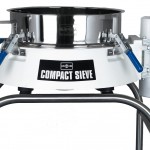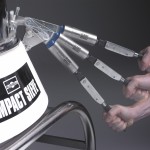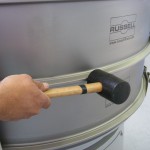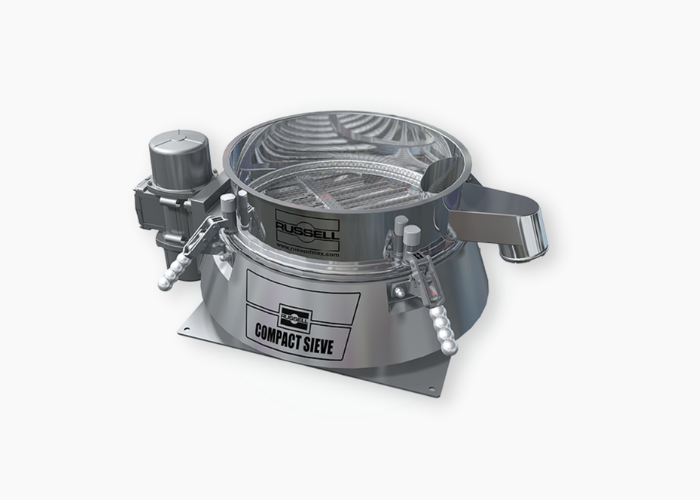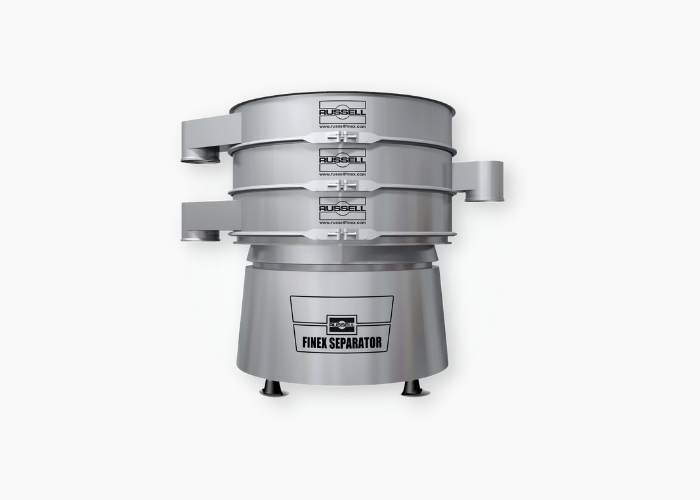Overcome common clamping problems on industrial sieving equipment
Over and under clamping of vibratory sieves can be the root cause to many problems, resulting in reduced operating efficiencies. Here we highlight some of the most common examples and how to overcome them.
There are two main methods of clamping vibratory sieves, the quick release toggle clamp and the more conventional band clamp. The toggle clamp is used on sieves like the Russell Compact Sieve®which is a high capacity check-screening sieve. These clamps provide fast dismantling without the need for tools, which is imperative during product changeovers or during maintenance. In most cases, the band clamp is a two-section design which uses a nut and bolt at each joint to secure the clamp to the sieve. These clamps are more commonly used on grading machines like the Finex Separator™ where multiple product fractions are required.
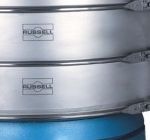
Typical Band Clamp Typical Toggle Clamp
Over clamping toggle clamps
Continuous over clamping of toggle clamps can cause the sieve deck to become deformed. This can lead to product leaking through and around the mesh frame gasket. The clamp itself can also break due to the constant excessive force applied to it.
Under clamping toggle clamps
If the toggle clamp is not tight enough movement of the panwork will occur . Friction between the clamp pad and the deck will occur and cause over heating of the clamp pad. This will eventually lead to burning of the pad and discolouration of the panwork. The mesh frame gasket will also be subject to excess wear causing it to fail prematurely.
Solution
To overcome both of these problems we recommend that the clamps are regularly checked during routine maintenance for correct clamping pressure. One way to ensure your clamps are set correctly is to use the Russell Clamp Assist torque tool.
Over clamping band clamps
Over clamping band clamps will result in distortion of the clamp bolt damaging the nut and thread and in most cases cause the fixings to seize. In this instance the bolt has to be cut off and replaced. Over tightening may also cause the bolt to fail and snap. Distortion of the flange of the sieve deck can also occur.
Under clamping band clamps
If the band clamp is not tight enough the panwork it is clamping together will start to move. This will cause heat generation and can cause the mesh frame gasket to burn causing it to fail prematurely. In extreme cases panwork can become detached from the machine, jeopardising the safety of your operators.
Solution
To overcome both of these problems it is imperative to achieve even clamping pressure around the flanges to which the clamp is being tightened to. This can be achieved by lightly tapping the clamp with a rubber mallet mid way through tightening of the clamp. The clamp should then be tightened using the recommended torque settings outlined in your instruction manual. This can be found in your Resource Center.
With 85 years’ experience providing a range of innovative sieving and separation solutions for various industries, contact us today to find out more about what other aftermarket products are available.
